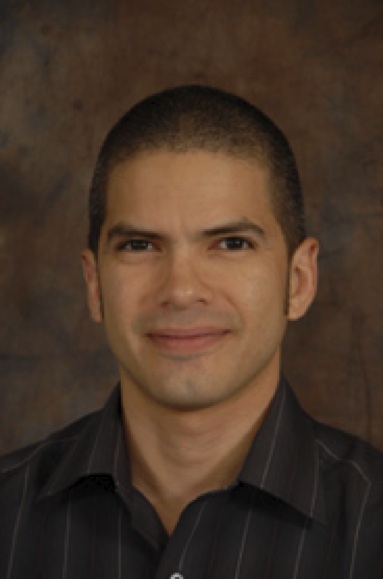Howard Stone, Professor of Mechanical and Aerospace Engineering at Princeton University will be giving a lecture entitled: “Title: Bacteria, Biofilms and Fluid Dynamics: Elementary Flows and Unexpected Phenomena” as part of the Albert Kobayashi and Jim Morrison Lecture Series.
Abstract:
Bacterial biofilms have an enormous impact on medicine, industry and ecology. These microbial communities are generally considered to adhere to surfaces or interfaces. In most practical situations, the biofilms are exposed to flow. We investigate two features of such systems: (i) We examine the migration of bacteria along surfaces when exposed to a shear flow. In particular, we identify an unusual response where flow produces a directed motion of twitching bacteria in the upstream direction. (ii) We report the formation of biofilm streamers (threads of biofilm) suspended in the middle plane of curved micro channels under conditions of laminar flow. We use numerical simulations of the three-dimensional flow in curved channels to highlight the presence of a secondary vortical motion in the proximity of the corners, which suggests an underlying hydrodynamic mechanism responsible for the formation of the streamers. Thus, we bring together experiments, simulations, and models for the fluid-structure interaction to rationalize the spatial and temporal development of bacterial streamers.
Author: admin
Banff International Research Station 5 Day Workshop
On May 13-18th, a 5 day workshop was held at the Banff International Research Station with the topic “Connections Between Regularized and Large-Eddy Simulation Methods for Turbulence.” Videos of the talks given at the workshop can be found here.
Prof. Carlos Hidrovo giving the ME Seminar
Superhydrophobic Surfaces Friction Reduction under Partial and Complete Wetting
Surface microtexturing can lead to a superhydrophobic Cassie-Baxter state characterized by the presence of air pockets within the roughness. It is widely believed that these air pockets act as effective “shear free” (or at least shear reducing) regions that lead to lower global friction. In this talk we will explore the effects of pressure on the degree of microtexturing wetting and corresponding friction reduction characteristics in microchannel flow. It will be shown that friction reduction is for the most part insensitive to the degree of microtexturing wetting. Furthermore, under certain conditions a fully wetted Wenzel state can lead to lower friction characteristics than those of the un-wetted Cassie-Baxter state. Hydrodynamics and physicochemical interfacial phenomena provide insight into these behaviors. These findings can have major implications in the way we think about how these surfaces achieve friction reduction and in the optimization of microgeometries for specific applications.
Dr. Carlos Hidrovo is an assistant professor of mechanical engineering at The University of Texas at Austin. He earned his Ph.D. in mechanical engineering from MIT in 2001. Dr. Hidrovo worked as a Research Scientist in the 3D Optical Systems group at MIT and as a Research Associate in the Micro Heat Transfer Laboratory at Stanford University before joining the faculty of UT Austin in September 2007. He is the recipient of a 2012 NSF CAREER Award from the Fluid Dynamics program, the 2008 DARPA Young Faculty Award, and the ASME 2001 Robert T. Knapp Award. Dr. Hidrovo research interests lie at the intersection of multiscale and multiphase flow and transport phenomena, surface tension interactions in micro/nanoengineered structures, and electrokinetic ion transport in porous media for applications in energy storage, portable biochemical diagnostics, thermal management, and water treatment systems. He is also actively involved in developing novel imaging and diagnostic tools in these areas.
Antonino Ferrante to be on the advisory committee for Immersed Boundary Methods in The Netherlands
Additional information can be found here.
Prof. Jerry L. Bona gives the ME seminar
Prof. Dale Pullin gives the AA Seminar
The seminar will be in EEB 125 at 4pm.
Dale Pullin is the Theodore von Kármán Professor of Aeronautics at the Graduate Aerospace Laboratories Caltech (http://fluids.caltech.edu/index.html)
Prof. Madjid Birouk gives the AA seminar
The seminar will be in Gug 218 at 4pm.
Madjid Birouk is Professor of Mechanical and Manufacturing Engineering at the University of Manitoba, Canada (http://umanitoba.ca/faculties/engineering/departments/mechanical/staff/profiles/birouk.html).
Prof. Ellen Longmire gives the AA seminar
The seminar will be in Gug 218 at 4pm.
Ellen Longmire is Professor of Aerospace Engineering and Mechanics at the Univ. of Minnesota (http://www.aem.umn.edu/people/faculty/bio/longmire.shtml)
